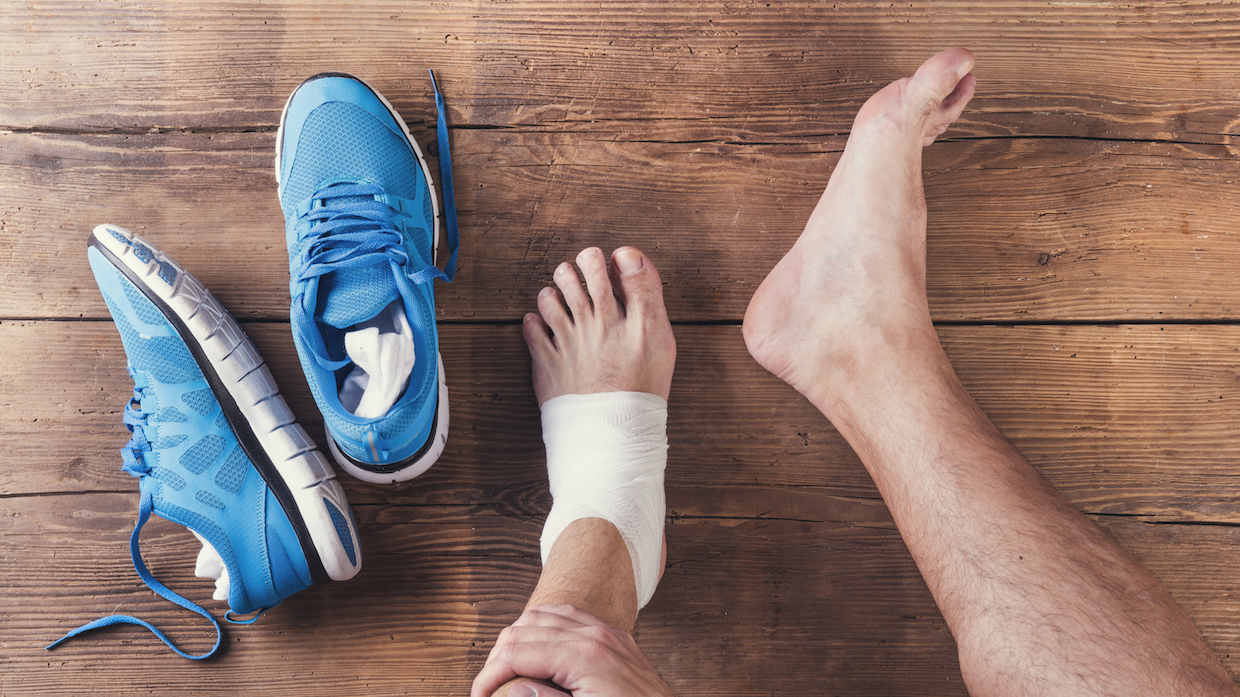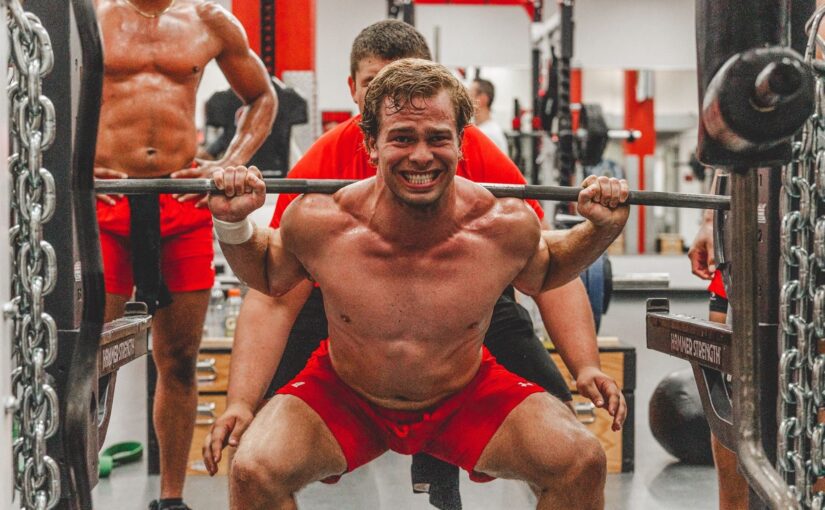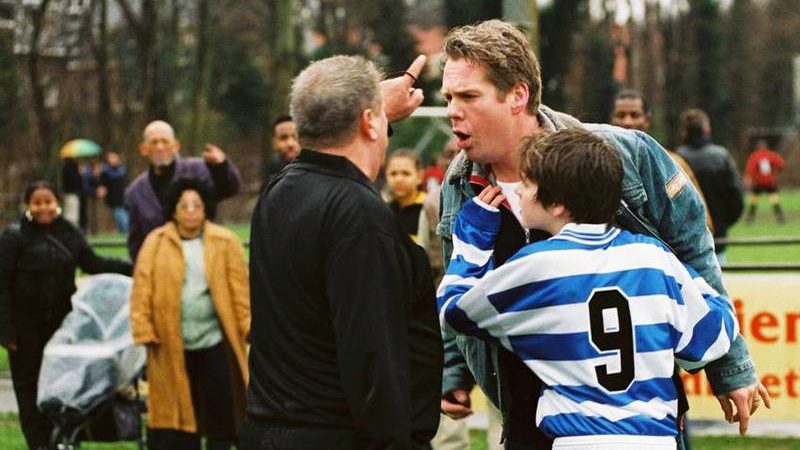Study: Severity of injuries increasing in high school athletics
While the overall number of sports-related injuries is decreasing, the severity of those injuries and the number of head and neck injuries are on the rise, according to a study presented at the 2023 American Academy of Orthopaedic Surgeons (AAOS) Annual Meeting.The study, “Epidemiology of Sports Injuries Among High School Athletes in the U.S.,” found that an estimated 5,228,791 sports injuries occurred nationally. The study marks the first time epidemiologic data has been updated since 2006.
 “The overall injury rate decreased, which you would think is great, but you also have to look at the types of injuries that are happening,” said lead author Jordan Neoma Pizzarro, a medical student at George Washington University. “We are seeing an increase in head and neck injuries, especially concussions, as well as more injuries of higher severity and those requiring surgery. Many organizations have adopted safety equipment and injury prevention guidelines; it is questionable if they are being applied correctly.”
“The overall injury rate decreased, which you would think is great, but you also have to look at the types of injuries that are happening,” said lead author Jordan Neoma Pizzarro, a medical student at George Washington University. “We are seeing an increase in head and neck injuries, especially concussions, as well as more injuries of higher severity and those requiring surgery. Many organizations have adopted safety equipment and injury prevention guidelines; it is questionable if they are being applied correctly.”
Almost eight million high school students are involved in sports each year, with 57% of students playing at least one sport. Previous literature reviewing high school sports injury rates and severity featured small sample sizes, and limited studies had been done in the past 10 years.
Football, girls’ soccer have highest injury rates
The researchers utilized data for 2015 to 2019 from the National Health School Sports-Related Injury Surveillance Study, High School Reporting Information Online (RIO), which collects injury data from 100 nationally representative high schools. Athletic trainers at the participating high schools reported weekly athletic exposure and injuries for five boys’ sports (football, soccer, basketball, wrestling and baseball) and four girls’ sports (soccer, basketball, volleyball and softball). Athletic exposure (AE) was defined as one athlete participating in one practice or competition. Reportable injuries met the following criteria:
- Injury that occurred due to athletic participation in an organized high school sport practice or competition
- Injury required medical attention by a physician or athletic trainer
- Injury resulted in one or more days of restricted participation in the sport
Athletic trainers reported 15,531 injuries during 6,778,209 exposures, with an overall injury rate of 2.29 per 1,000 AEs. These data were weighed to reflect national estimates, showing 5,228,791 injuries occurred nationally. The study also found:
- Football had the highest rate of injury (3.96), followed by girls’ soccer (2.65) and boys’ wrestling (1.56). Football accounted for 44% of all injuries from 2015 to 2019. Boys’ baseball had the lowest injury rate (0.89).
- Boys’ sports had higher injury rates (2.52) compared to girls’ sports (1.56).
- More injuries were seen in competition compared to practice, with football having the greatest risk of injury during competition (6.14) followed by girls’ soccer (4.84). Overall, boys’ sports had a higher relative rate of injury during competition (3.70) compared to girls’ sports (2.96).
- The head/face was the most commonly injured body site (24.2%) followed by the ankle (17.6%) and the knee (14.1%).
- The most common diagnoses were sprains/strains (36.8%) and concussions (21.6%).
- Of all injuries, 39.2% resulted in a time loss of less than one week, and 34% of those injured were out for one to three weeks. Only 7% of injuries resulted in athletes not being able to participate in their sport for more than three weeks.
- Overall, 20.9% of injuries led to medical disqualification for the season or the athlete’s career, the athlete being out for the season, or the athlete’s decision to no longer play the sport.
- Surgery was required for 6.3% of injuries, with wrestling (9.6%), girls’ basketball (7.6%) and boys’ baseball (7.4%) having the highest rates.
“It was important that we update the current sports injury data to help us gain a better understanding of injury rates, injury diagnoses and injury severity so proper prevention strategies can be implemented,” said Nima Mehran, MD, FAAOS, Los Angeles-based orthopaedic surgeon and sports medicine specialist. “We need to take a hard look at current prevention programs and find ways to improve them.”
Compared to previous data (Rachel et al. 2006), this study showed a nearly 10% increase in injuries affecting the head and neck. Additional studies have demonstrated an increase in the number of concussions during high school sports over the past decade. Together, this suggests that play intensity, physical contact and collisions are increasing, potentially counteracting the use of protective head gear. However, the increased awareness and understanding of the signs and symptoms of concussions may play a role.
“As more high school athletes get involved in sports, we must recognize that a change needs to be made not only to prevent these injuries, but to lower the associated impact of the patient’s physical health, overall health care costs for families and the health care burden for hospitals,” added Pizzaro.







